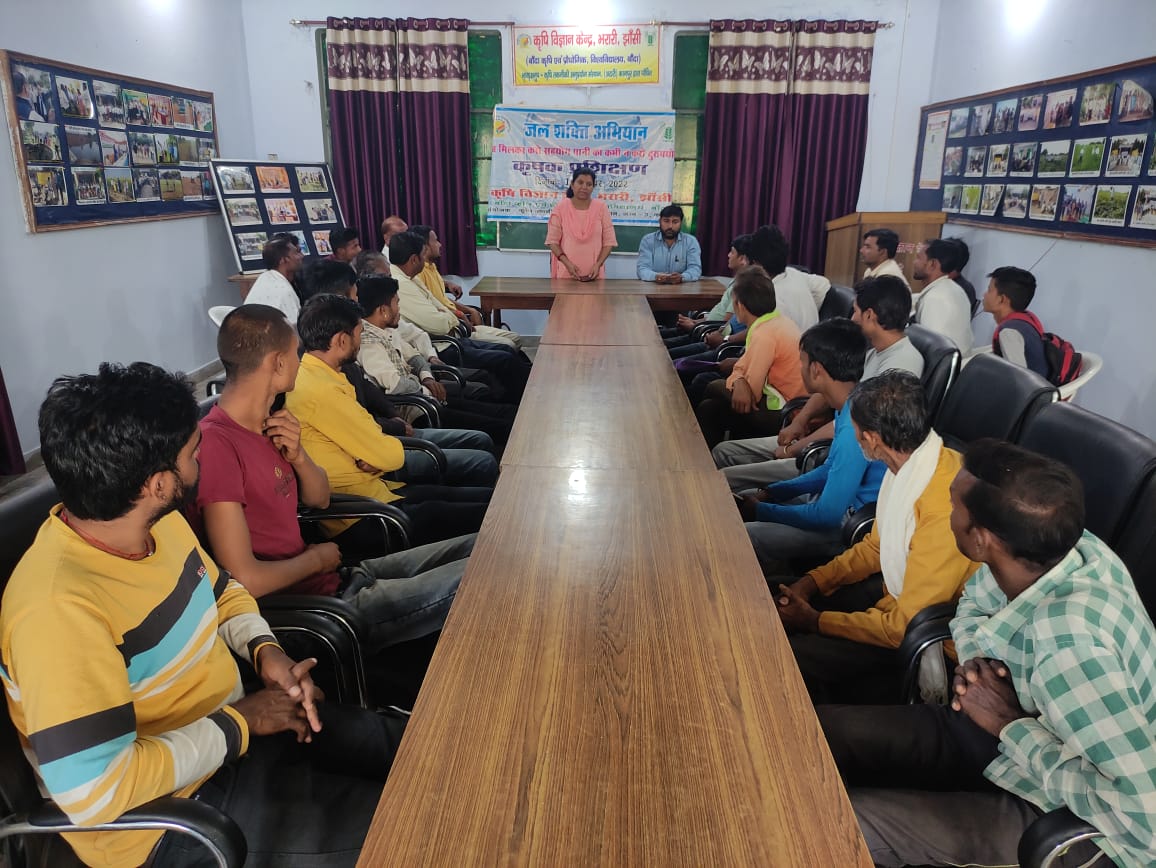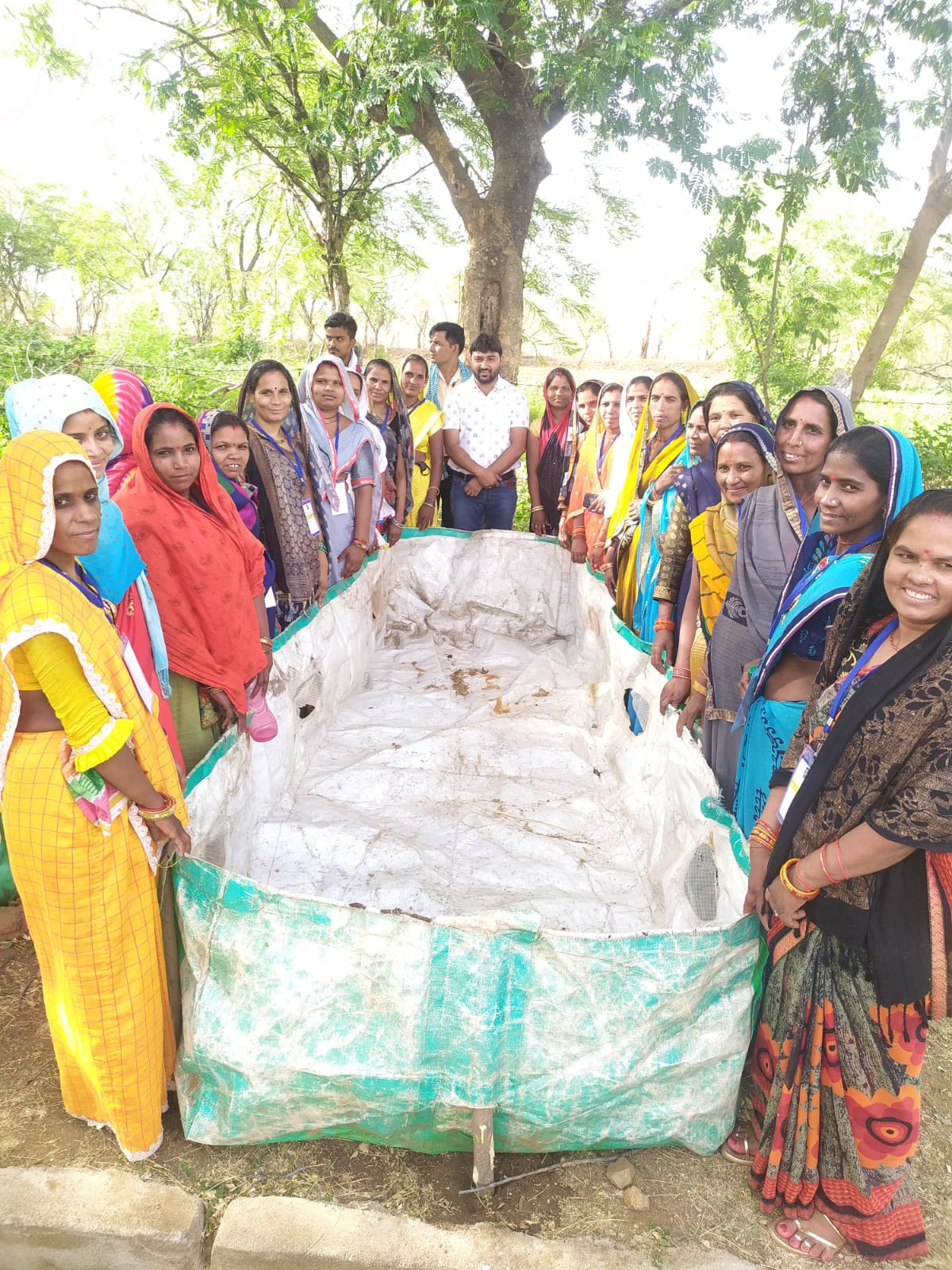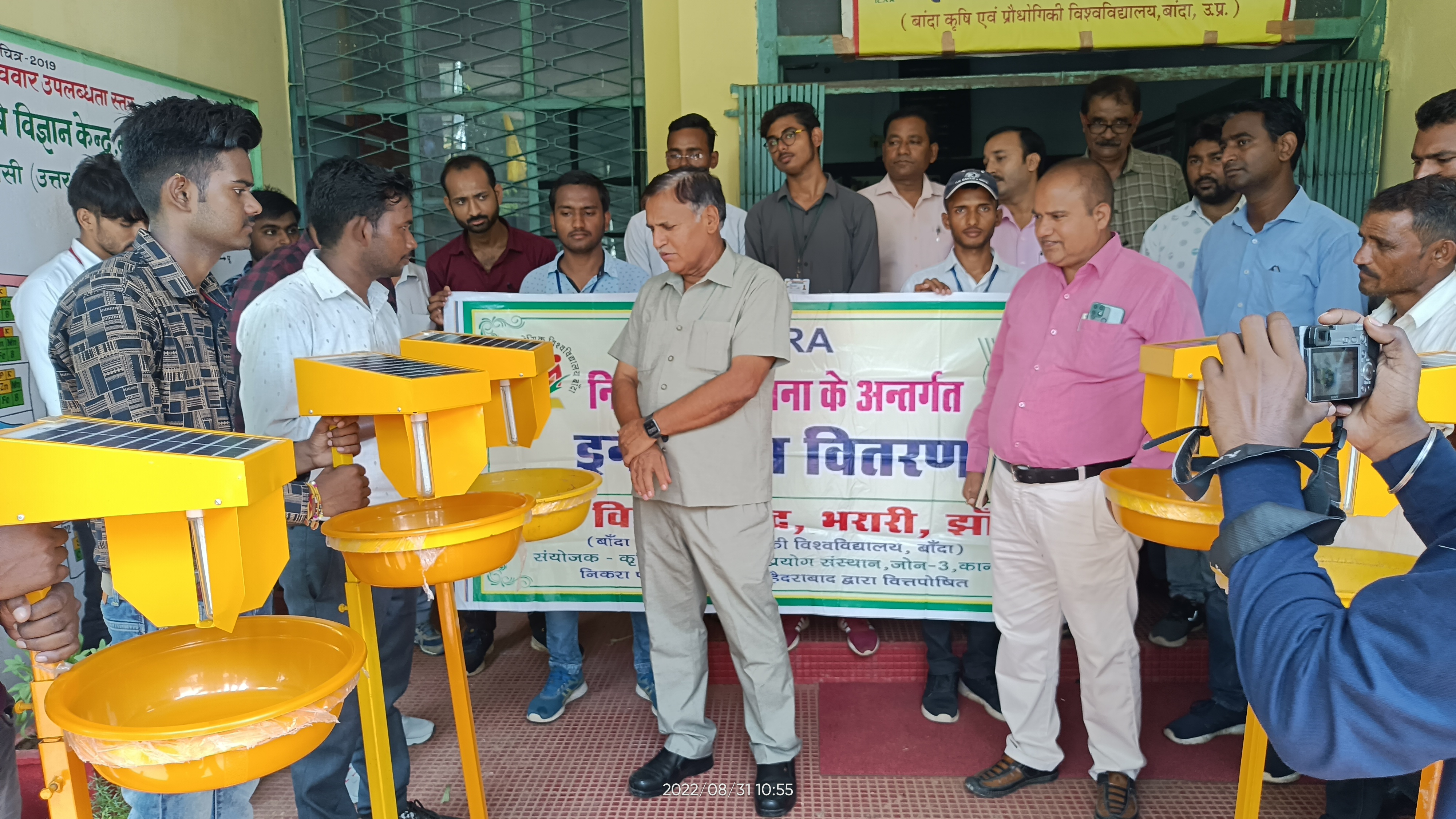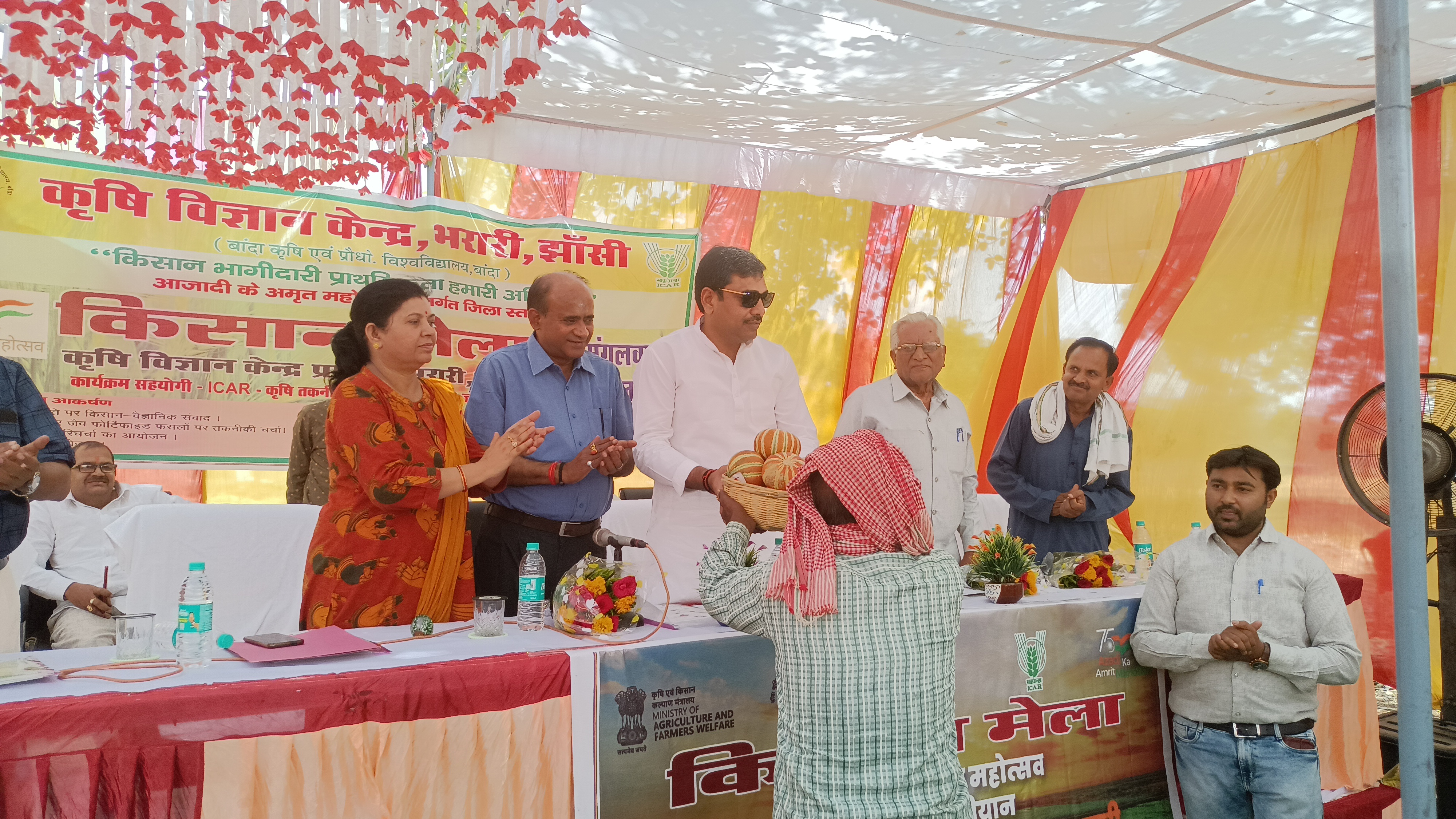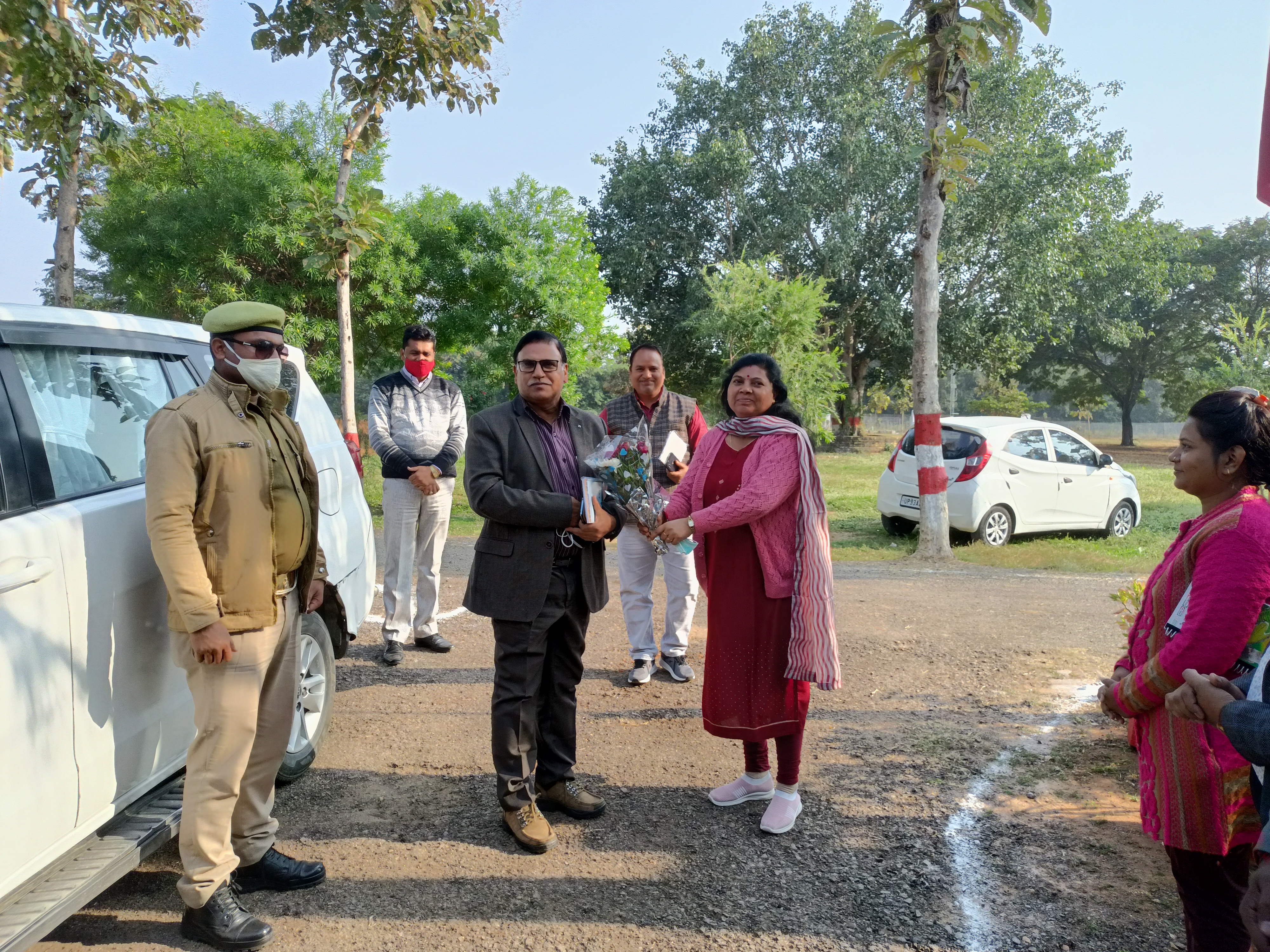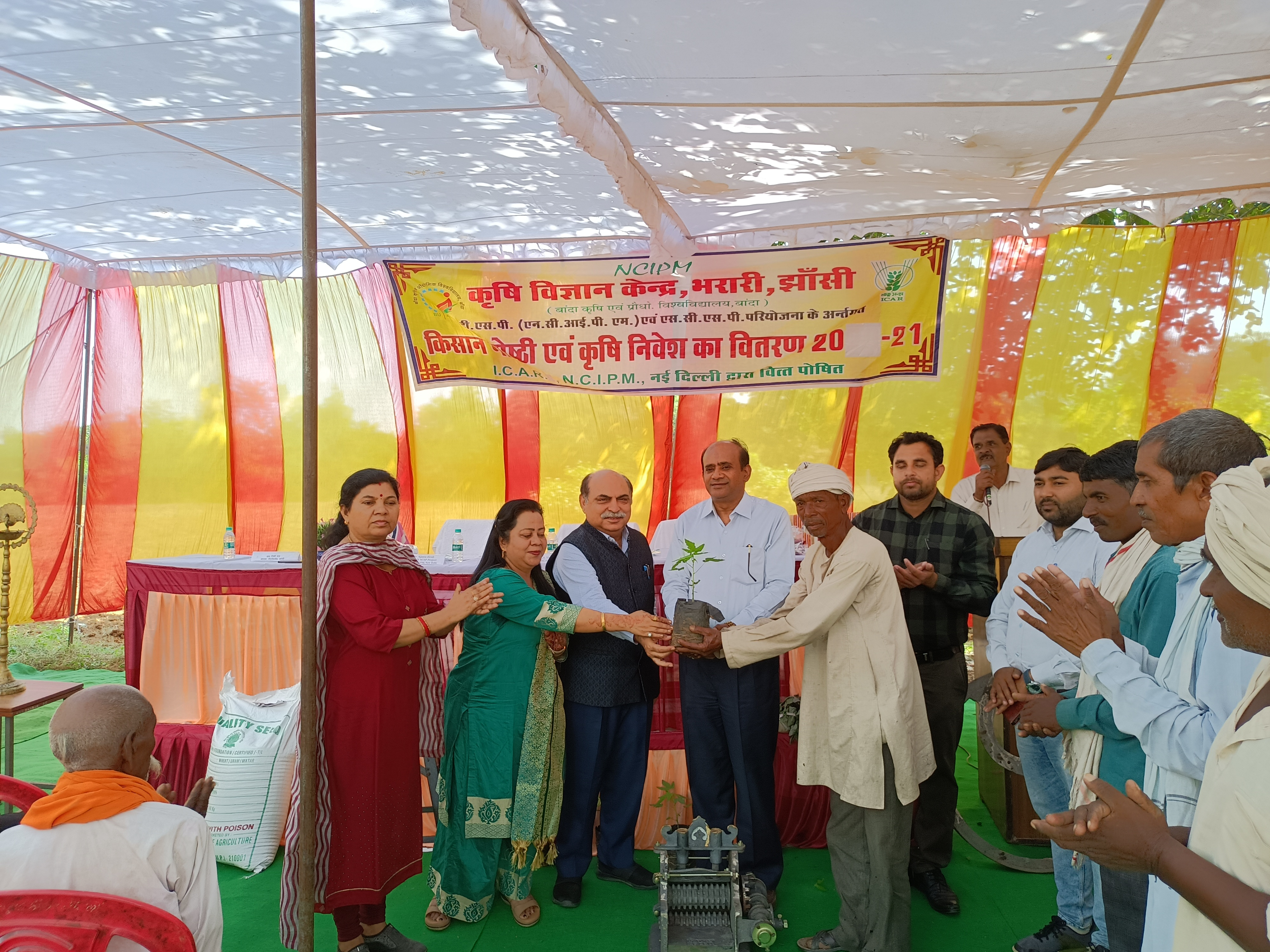Welcome to Krishi Vigyan Kendra, Jhansi
Krishi Vigyan Kendra, Bharari, Jhansi was established by Indian Council of Agricultural Research, New Delhi in the year 1984 under the administrative control of Chandra Shekher Azad University of Agriculture and Technology, Kanpur for the transfer of technology to the farmers of Jhansi district and located 13.2 km away from district head quarter in the west on Unnao - Balaji road. The district Jhansi comes under Bundelkhand Agro climatic Zone (6) of Uttar Pradesh and located at latitude of 250 27’ North and longitude of 780 37’ East and is about 271 meter from msl having 5 sub divisions, 8 community blocks and 839 villages. The soils of the district are characterised by their varying depth, topographic situations and colours. The two main soil groups are red and black that generates four soil series locally known as rakar, parwa, kabar and mar. The soil texture varies from rocky, gravely, sandy, sandy loam to clay loam and having gentle to steep (0.5 to 10 %) slope with low to medium organic carbon content and very low to high water holding capacity. Farming situations and cropping patterns vary as per soil type, water, vegetation and livestock availability.
The average annual rainfall of the district is 884.6 mm and 90 per cent of its received during monsoon season. Droughts and long dry spells occur during rainy season is the common feature in the district which directly affect the kharif and rabi production. The main sources of irrigation water are reservoirs, canals and tube wells which are totally dependent on rainfall. Black gram, green gram, groundnut, sesame, pigeon pea, sorghum and paddy are major crops grown in kharif season while wheat, barley, chickpea, field pea, vegetable pea, lentil, mustard and linseed are grown during rabi season. The small & marginal farmers grow vegetables and spices mainly potato, brinjal, chilli, tomato, zinger, turmeric, garlic, onion and main fruits guava, aonla, ber, lemon, papaya etc.




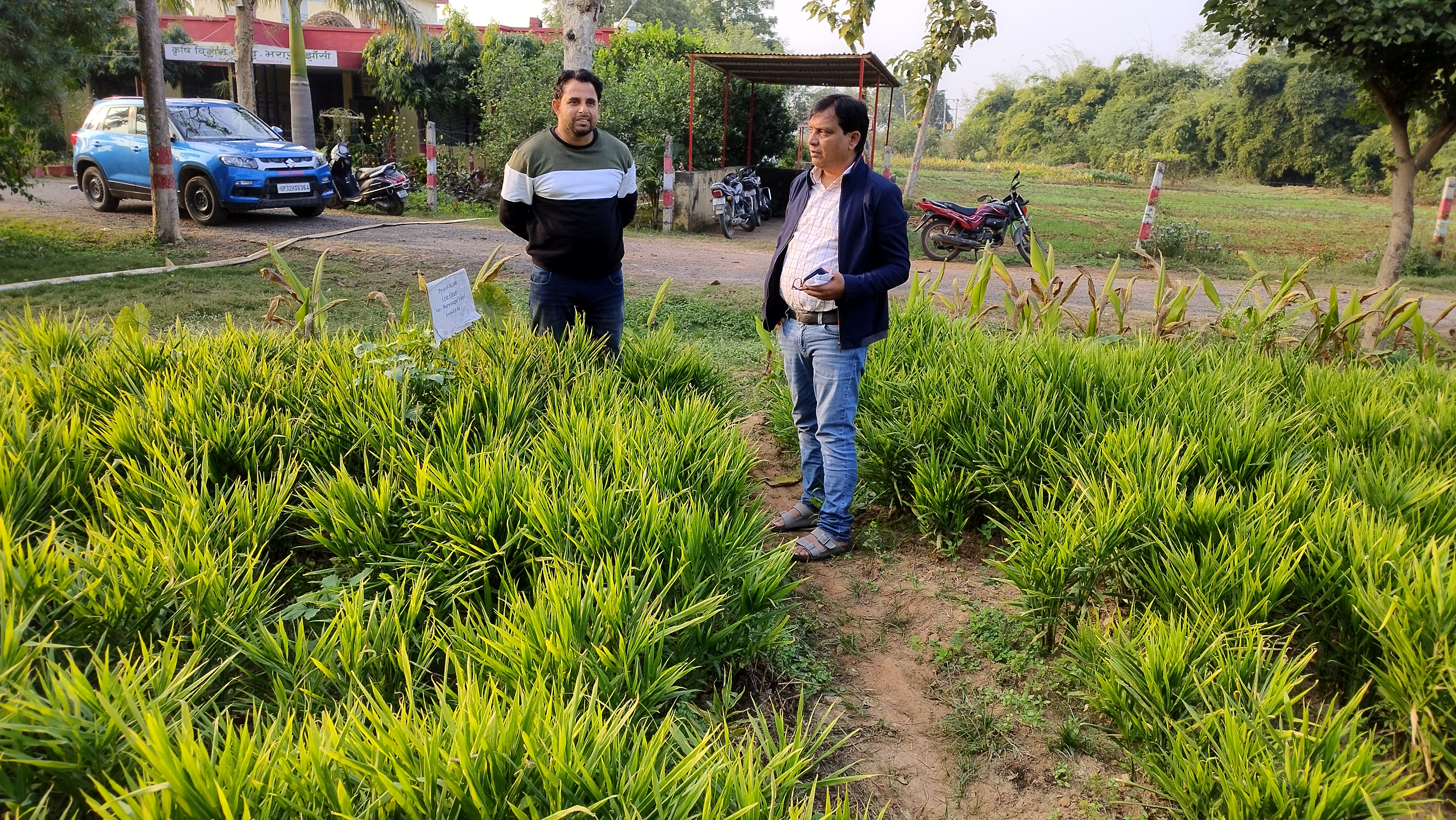
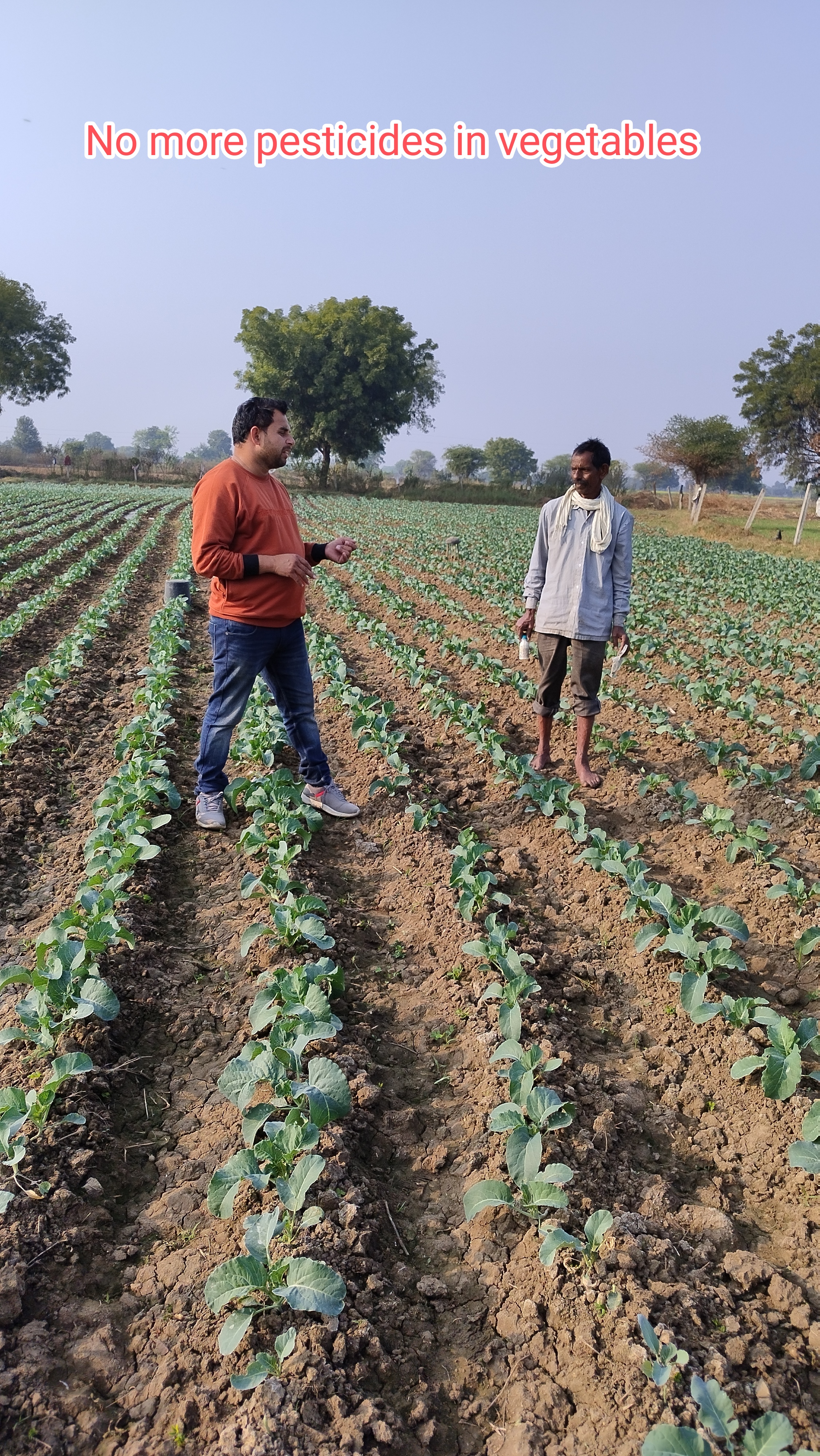
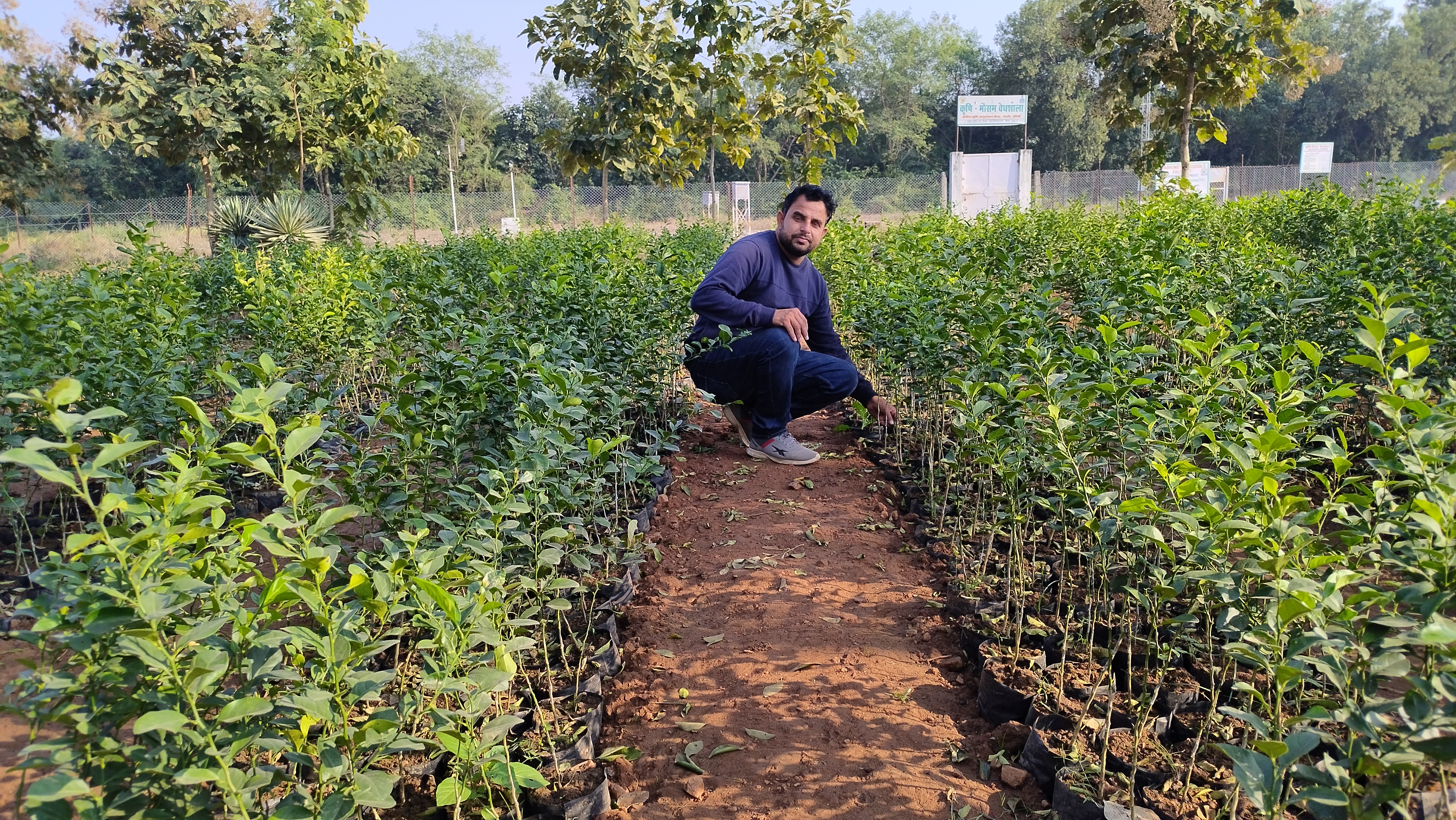
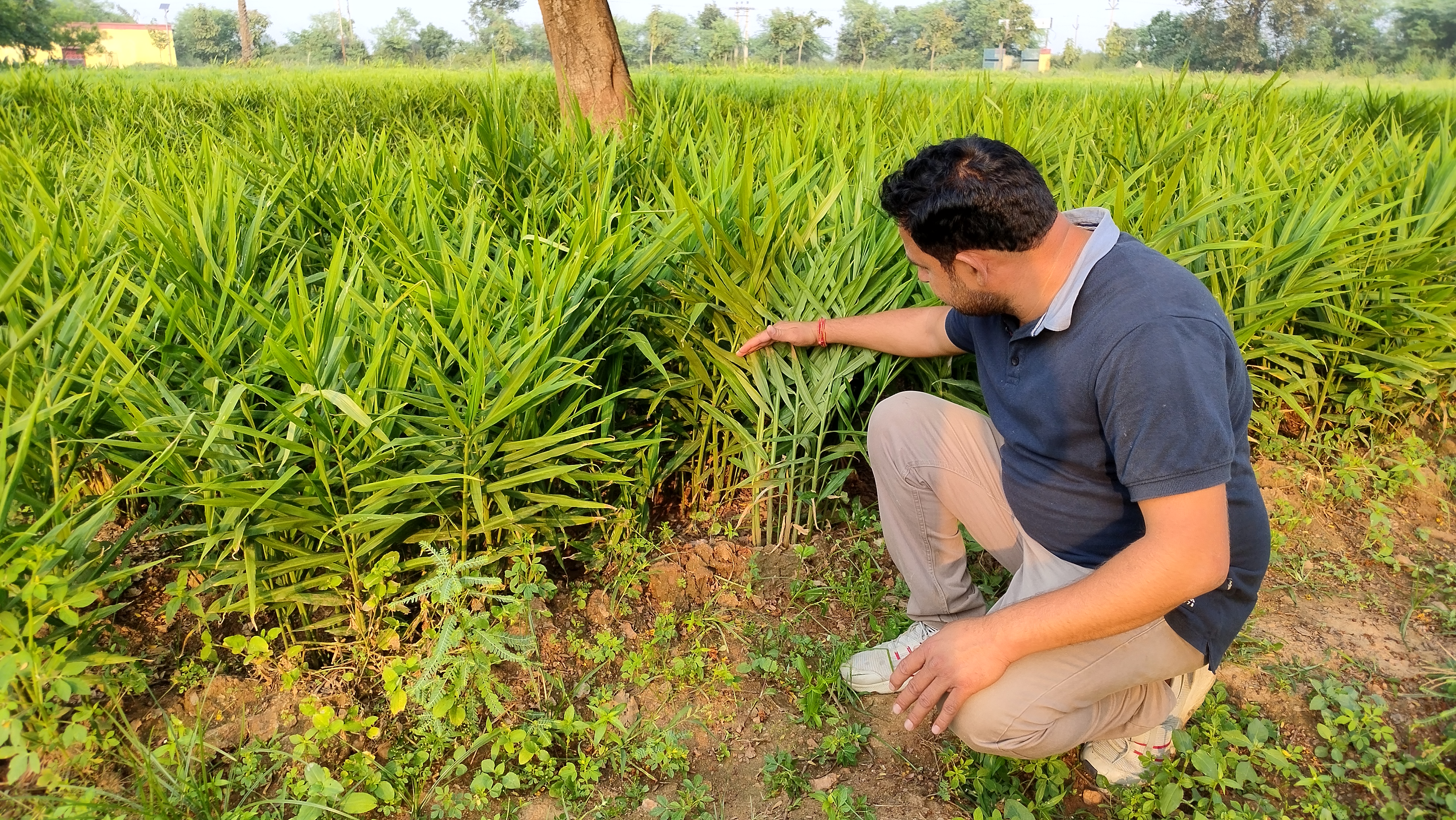
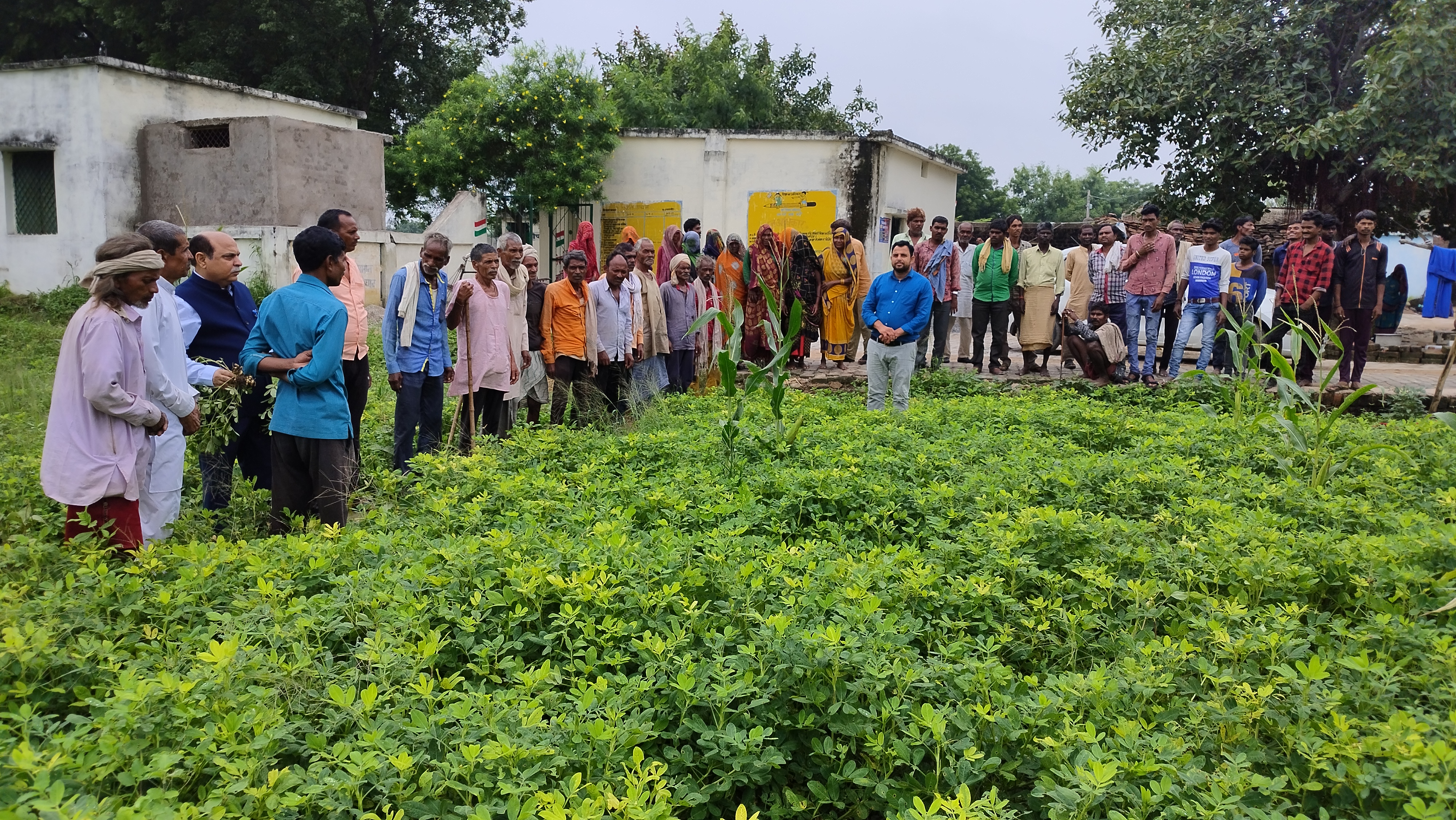
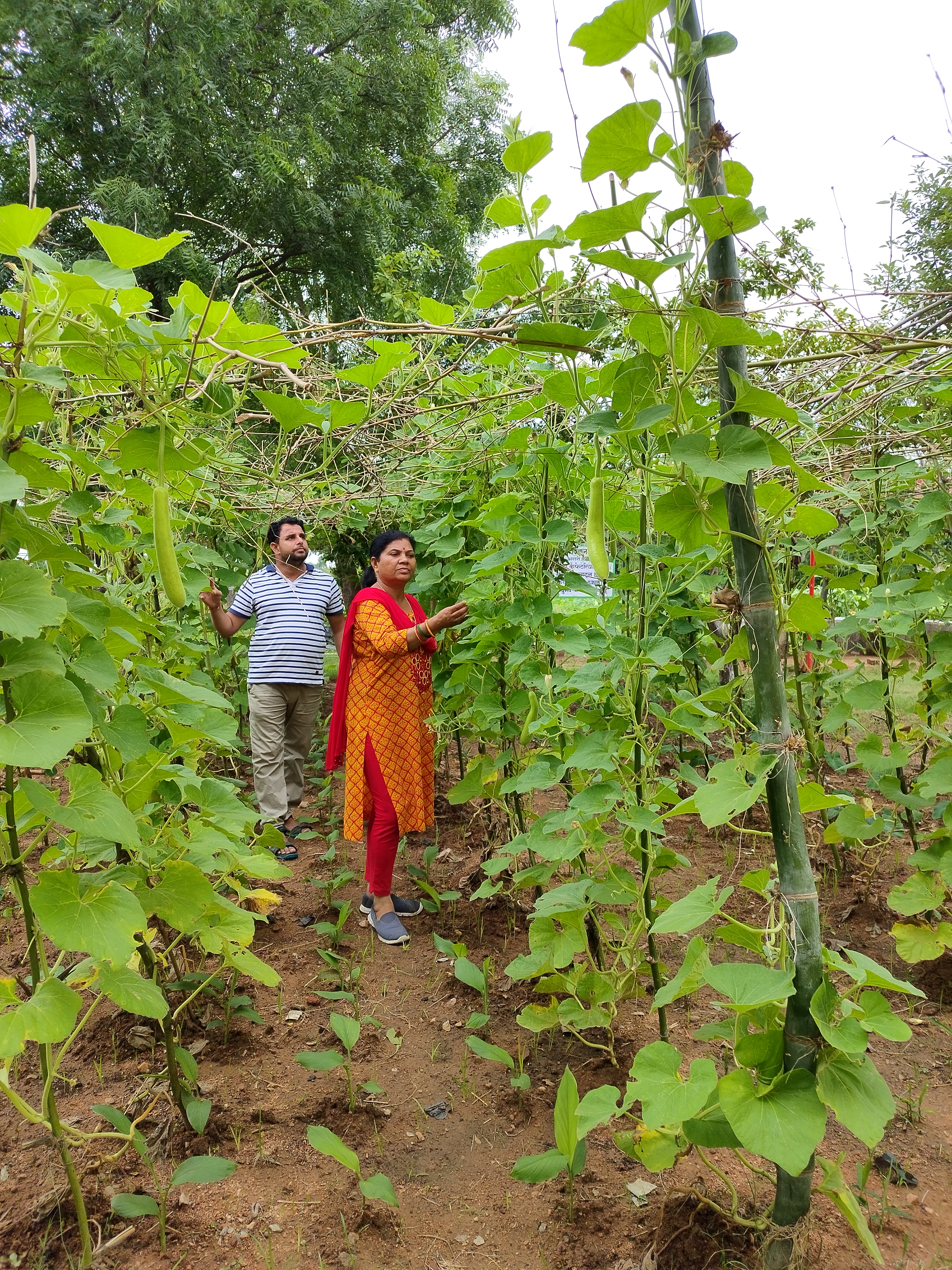
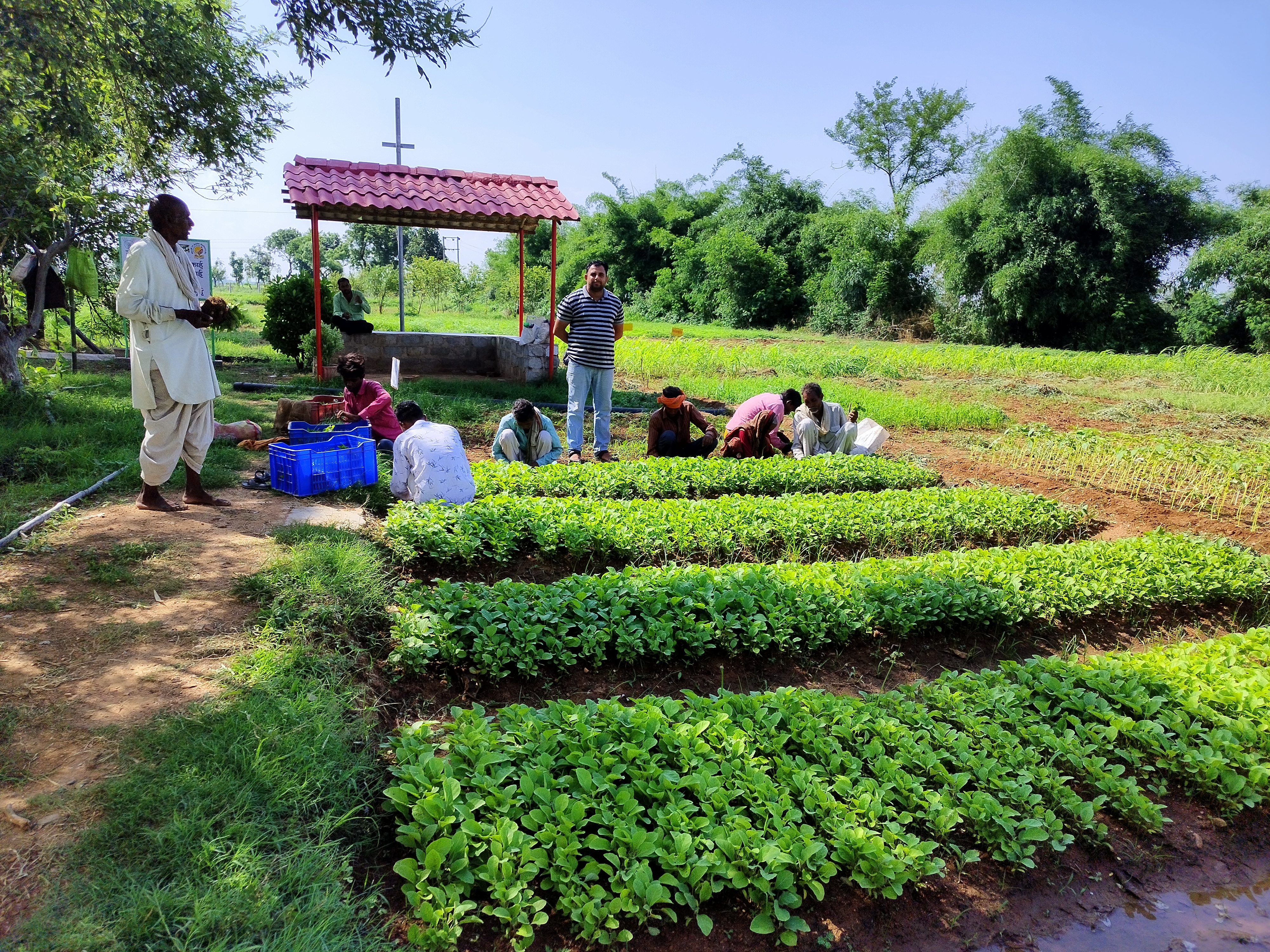


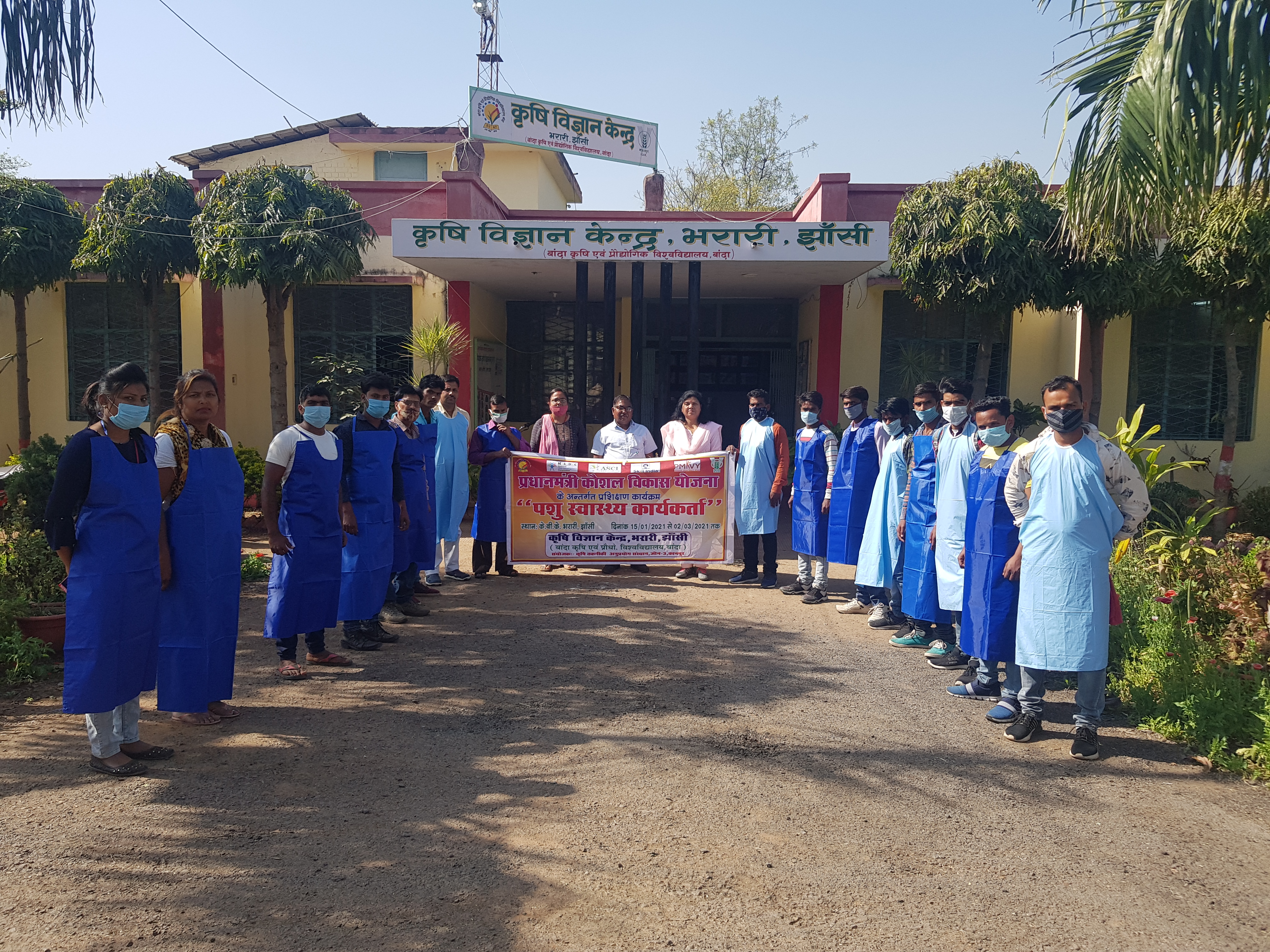
.jpg)
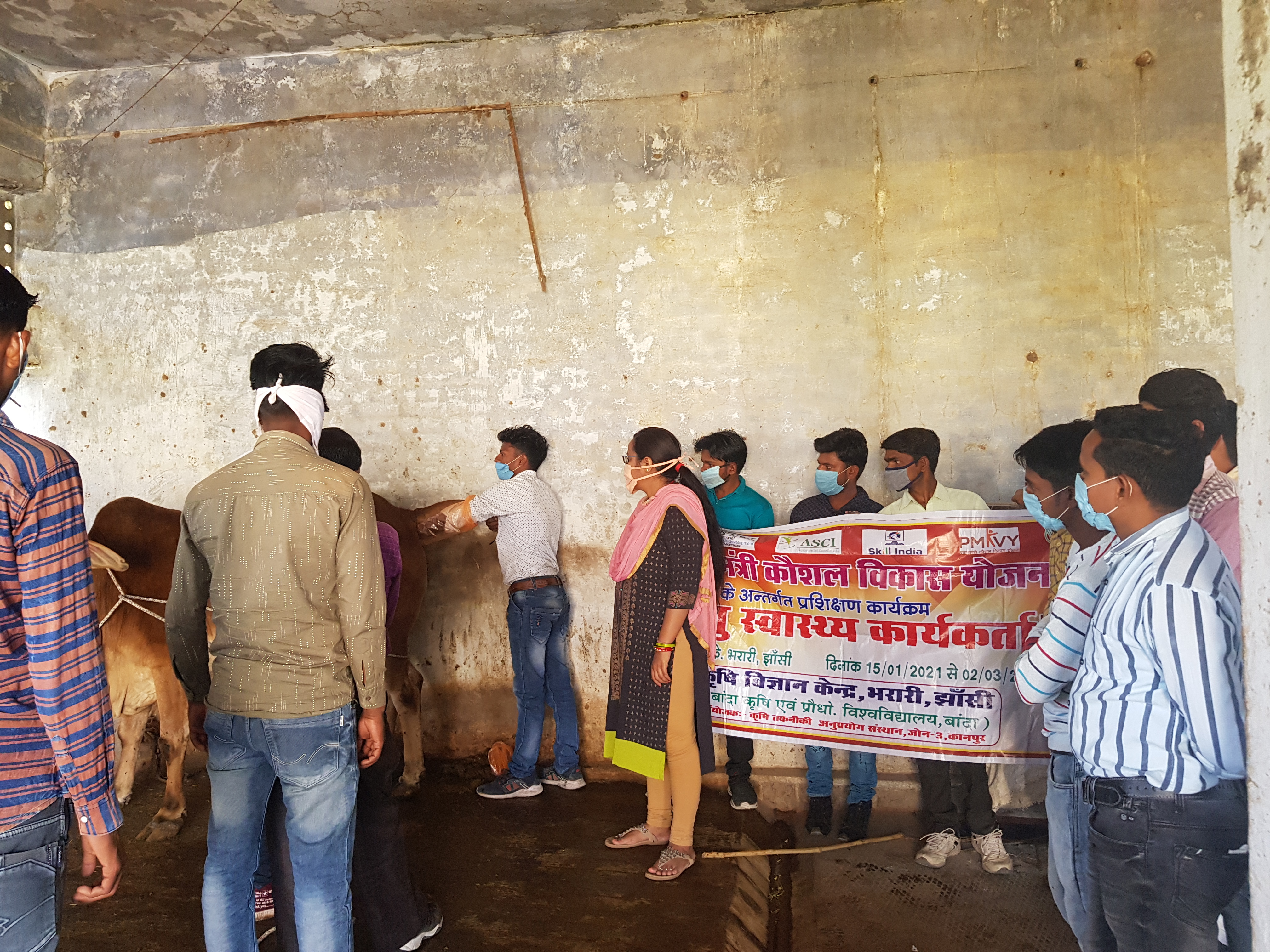
.jpg)
.jpg)

